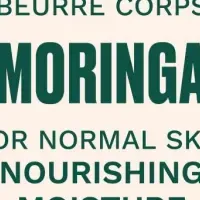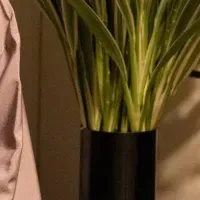
The Home Textile Retail Market Set to Expand by $74.7 Billion by 2029 Thanks to AI and Innovative Strategies
Introduction
The home textile retail market is experiencing a transformative phase, projected to expand by an impressive USD 74.7 billion between 2025 and 2029. This growth is primarily driven by innovations in product offerings and an increasing focus on premiumization. Key players in this space, including industry giants like Amazon, IKEA, and Walmart, are strategically enhancing their market presence through technological advancements, especially artificial intelligence (AI).
Market Dynamics
Recent analyses indicate that the market is projected to grow at a compound annual growth rate (CAGR) of 6.6% during the forecast period. This robust growth can be attributed to several factors. Firstly, vendors are increasingly adopting an omnichannel strategy—integrating both online and offline channels to reach a diverse customer base. Not only does this approach enhance customer experience, but it also significantly drives revenue, especially as e-commerce continues to flourish globally.
Trends Shaping the Market
Several trends are influencing the direction of the home textile retail sector. A notable one is the shift towards sustainability and eco-friendly products, with consumers increasingly opting for textiles that prioritize organic materials and natural fibers. This trend is essential, particularly among environmentally conscious millennials, who prefer functional yet stylish household textiles. Furthermore, the rise of single-person households and a surge in DIY projects contribute significantly to the demand for home textiles, with various techniques such as weaving and knitting becoming popular.
Innovations and Challenges
While the market enjoys positive growth, challenges persist, particularly in the realm of raw material costs. Price volatility in essential materials such as cotton and silk poses a risk to profitability for manufacturers. As production costs rise, many vendors are forced to pass these expenses onto the consumers, which could limit purchasing activity, especially in a competitive retail environment. Additionally, the luxury segment is facing unique challenges as consumer expectations for premium quality demand a higher investment from retailers.
Competitive Landscape
The competitive landscape in the home textile industry is fragmented, with numerous players jostling for market share. Major brands include Ashley Retail, Bed Bath & Beyond, and Restoration Hardware, all of whom are navigating the challenges of sustainability, consumer preferences, and market volatility. The interplay between traditional retail and online sales platforms will also define future competitive strategies.
Conclusion
In conclusion, the global home textile retail market is poised for significant growth over the next few years, propelled by innovation, expanded distribution avenues, and the overarching influence of technology. As AI continues to reshape market trends and consumer expectations evolve, stakeholders must remain agile to navigate challenges and seize opportunities within this dynamic landscape. Those involved in the home textile sector should stay alert to changes in consumer preferences and technological advancements, ensuring they remain competitive in a growing marketplace.
Topics Consumer Products & Retail)










【About Using Articles】
You can freely use the title and article content by linking to the page where the article is posted.
※ Images cannot be used.
【About Links】
Links are free to use.